
Affordable Powerhouses for Gamers
Looking for the perfect gaming setup? Discover our top-rated budget-friendly gaming PC builds that deliver performance without breaking the bank! 💻🔥
Deciding on a budget handheld gaming PC? We break down the core differences between affordable and premium models. Discover what you gain (and give up) in performance, screen quality, battery life, and build. Make the right choice for your wallet and your games! 🎮💡
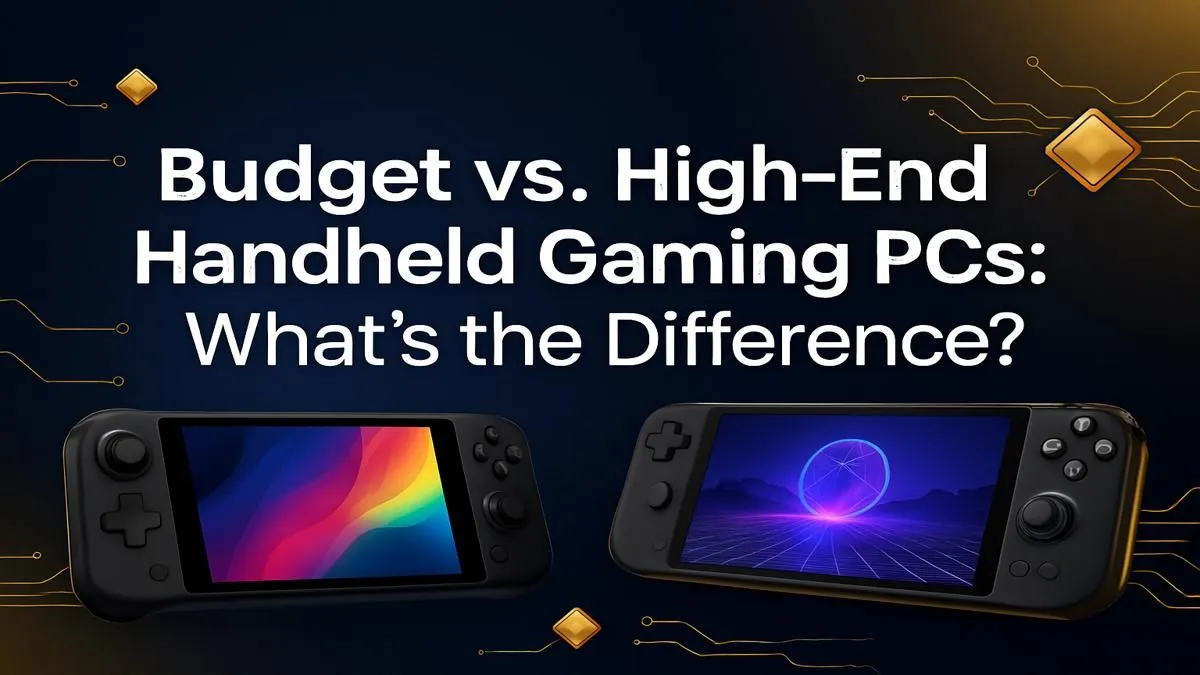
Thinking of diving into the world of portable PC gaming here in South Africa? It's a great time! From the Steam Deck to the ROG Ally and Legion Go, the options are exploding. But the big question remains: should you save some cash with a budget handheld gaming PC, or go all-in on a high-end powerhouse? The answer isn't just about price; it's about the games you play and the experience you crave. Let's break down the key differences.

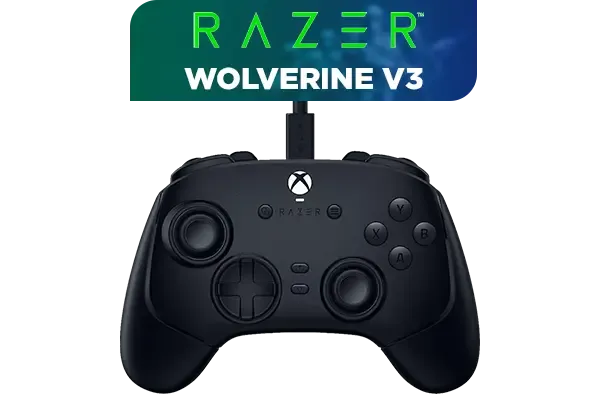


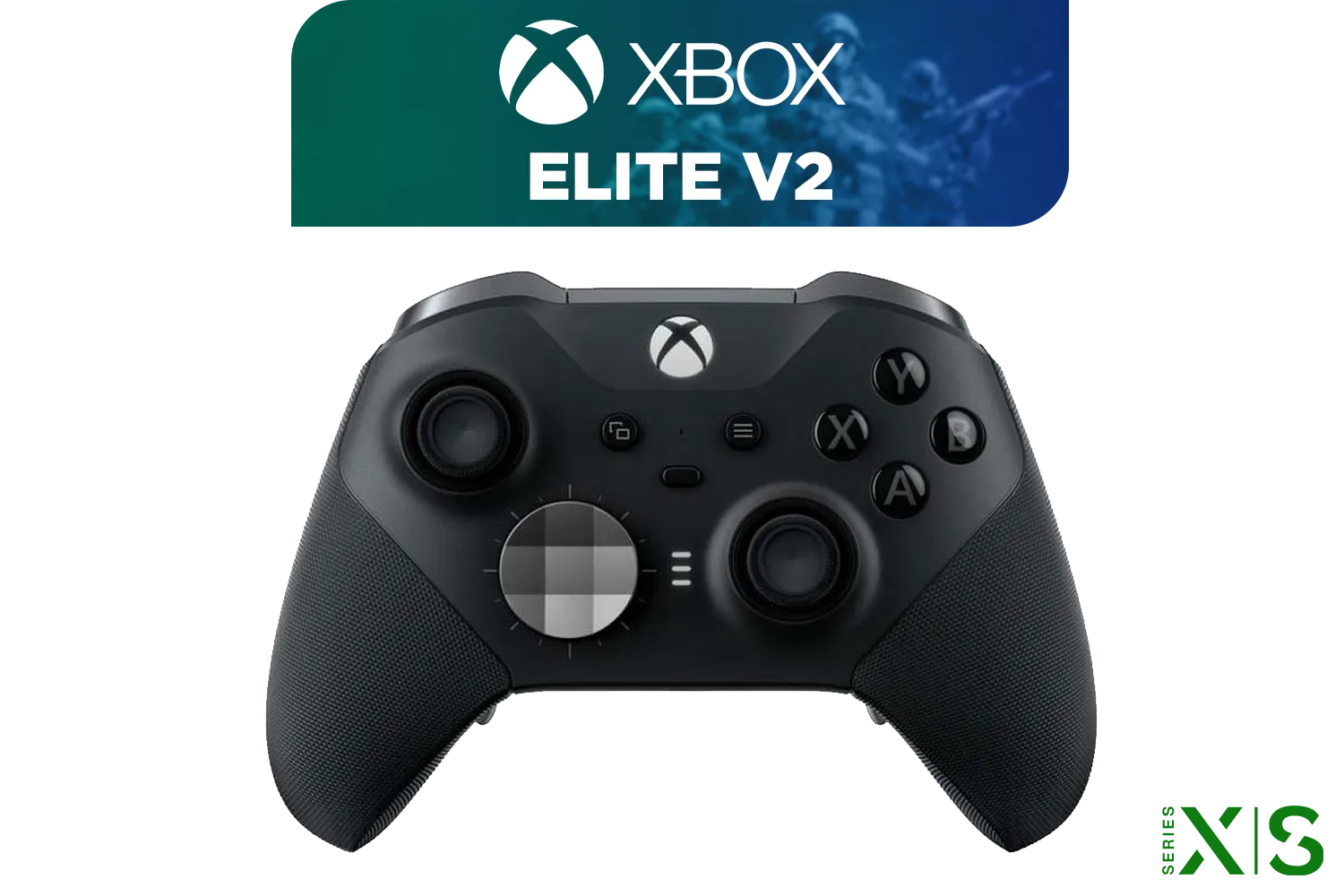

The biggest difference between a budget handheld gaming PC vs. a high-end one is the silicon beating at its heart. High-end models like the ASUS ROG Ally often feature powerful APUs (Accelerated Processing Units) like the AMD Ryzen Z1 Extreme. Budget-friendly options might use a less powerful version of that chip or an older architecture.
What does this mean for you? Frame rates. A high-end device can run a demanding title like Baldur's Gate 3 at 1080p with respectable settings. A budget model will likely require you to drop the resolution to 720p and lower the graphics settings to get a smooth, playable experience. If you mostly play indie games or older AAA titles, a budget machine is fantastic value. For the latest blockbusters, the extra power is a must.
After raw power, the screen is where you'll see your money at work. Budget handhelds typically feature a 7-inch, 720p or 800p LCD screen with a standard 60Hz refresh rate. It gets the job done, but it’s not going to wow you.
High-end models, however, push the boundaries with brighter, more vibrant screens. Think 1080p or even higher resolutions, faster 120Hz+ refresh rates for buttery-smooth motion, and better colour accuracy. This makes games look incredibly crisp and feel more responsive. A superior screen is a major factor in the debate over a budget handheld gaming PC vs. a high-end one, transforming the entire experience. To truly immerse yourself, especially when docked, pairing your device with one of the best gaming headset deals is essential.
Here's a surprising twist: more power doesn't always mean better battery life. In fact, it's often the opposite. While high-end handhelds have larger batteries, their powerful components and bright screens consume a lot of juice. Playing a demanding game at full tilt might only give you 60-90 minutes of gameplay.
A budget handheld, with its less demanding processor and lower-resolution screen, can sometimes last longer on a single charge, especially with less intensive games. For true on-the-go freedom, consider grabbing a high-capacity power bank from our range of tech essentials to keep you in the game for longer.





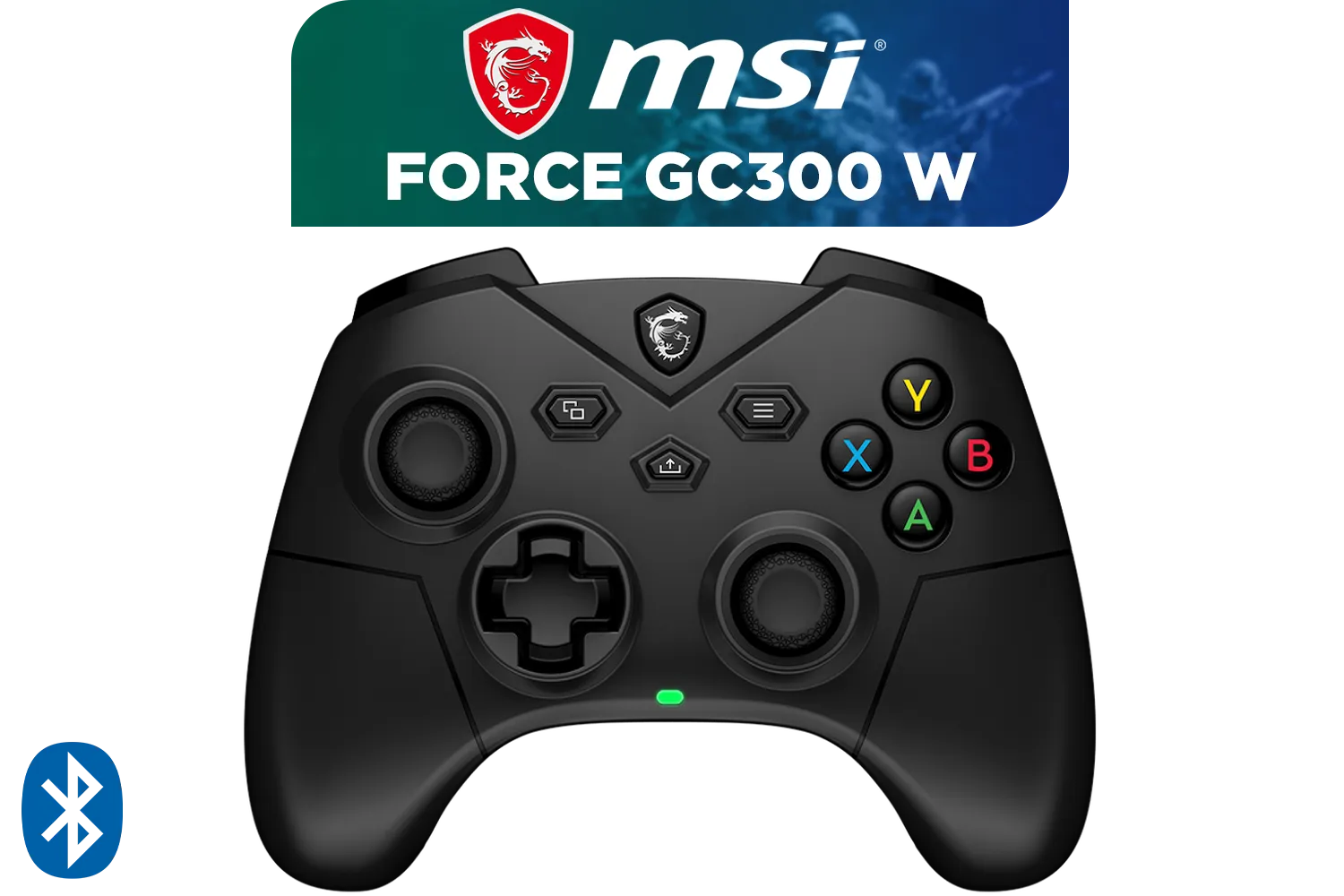
Storage is a critical difference. Entry-level budget models might come with as little as 64GB of slower eMMC storage. This fills up fast and leads to longer loading times. Most high-end devices start at 512GB of super-fast NVMe SSD storage, which makes a huge difference in how snappy the device feels.
The good news? Most handhelds, budget or not, have a microSD card slot for easy expansion. However, for the best performance, upgrading the internal drive is the way to go. If you find a bargain on a lower-storage model, you can often find great value in our best SSD deals and install it yourself.
When upgrading your handheld's SSD, double-check the required form factor. Most handhelds like the Steam Deck and ROG Ally use the tiny M.2 2230 size, not the more common 2280 size found in desktops and laptops. Always confirm compatibility before you buy to avoid a frustrating return!
Ultimately, the choice between a budget or high-end handheld comes down to your needs and your wallet.
You primarily play indie games, emulators, or older AAA titles. You're happy to tweak settings to achieve playable frame rates, or you plan to use cloud streaming services like GeForce NOW. Your budget is tight, and you want the best bang-for-your-buck.

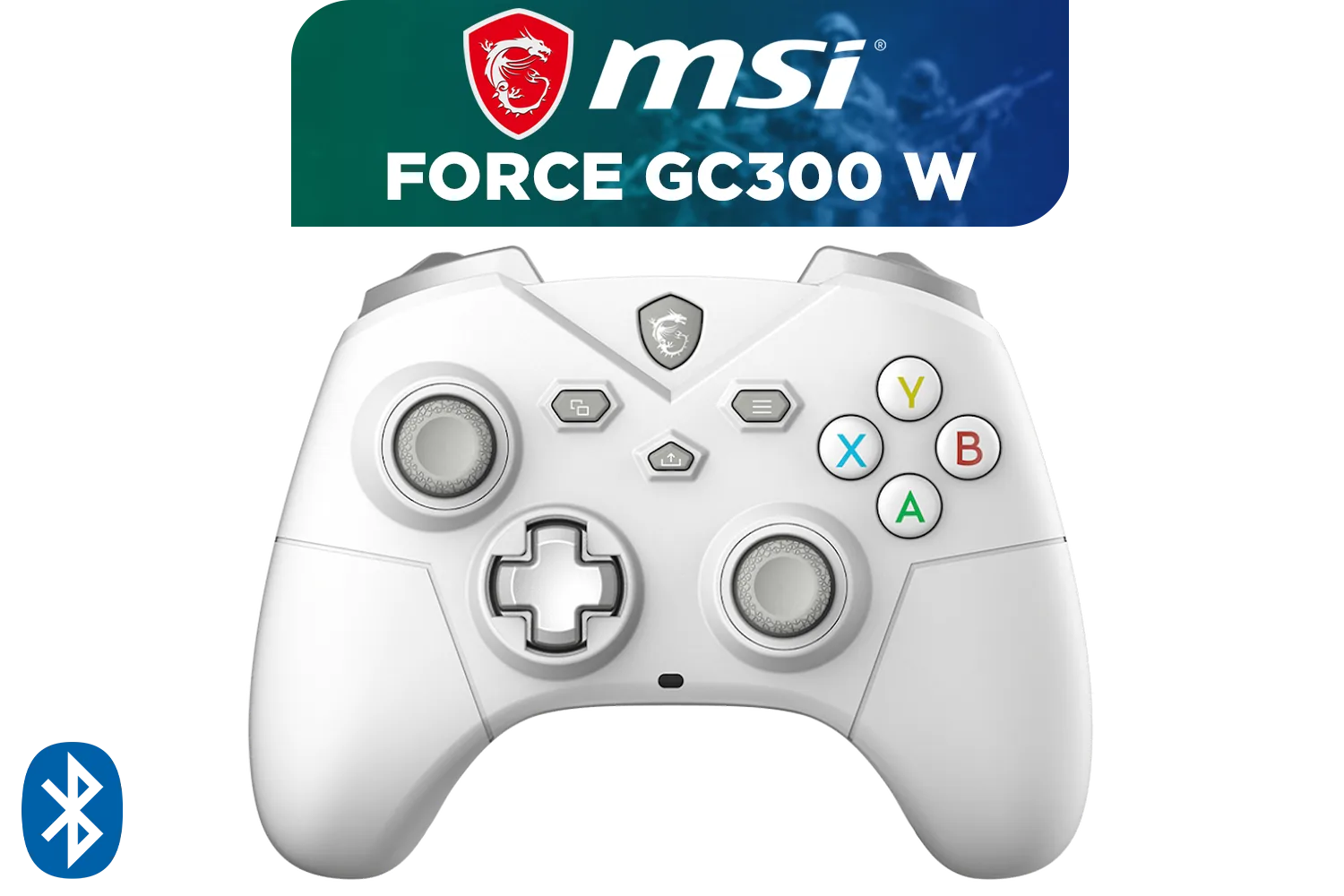


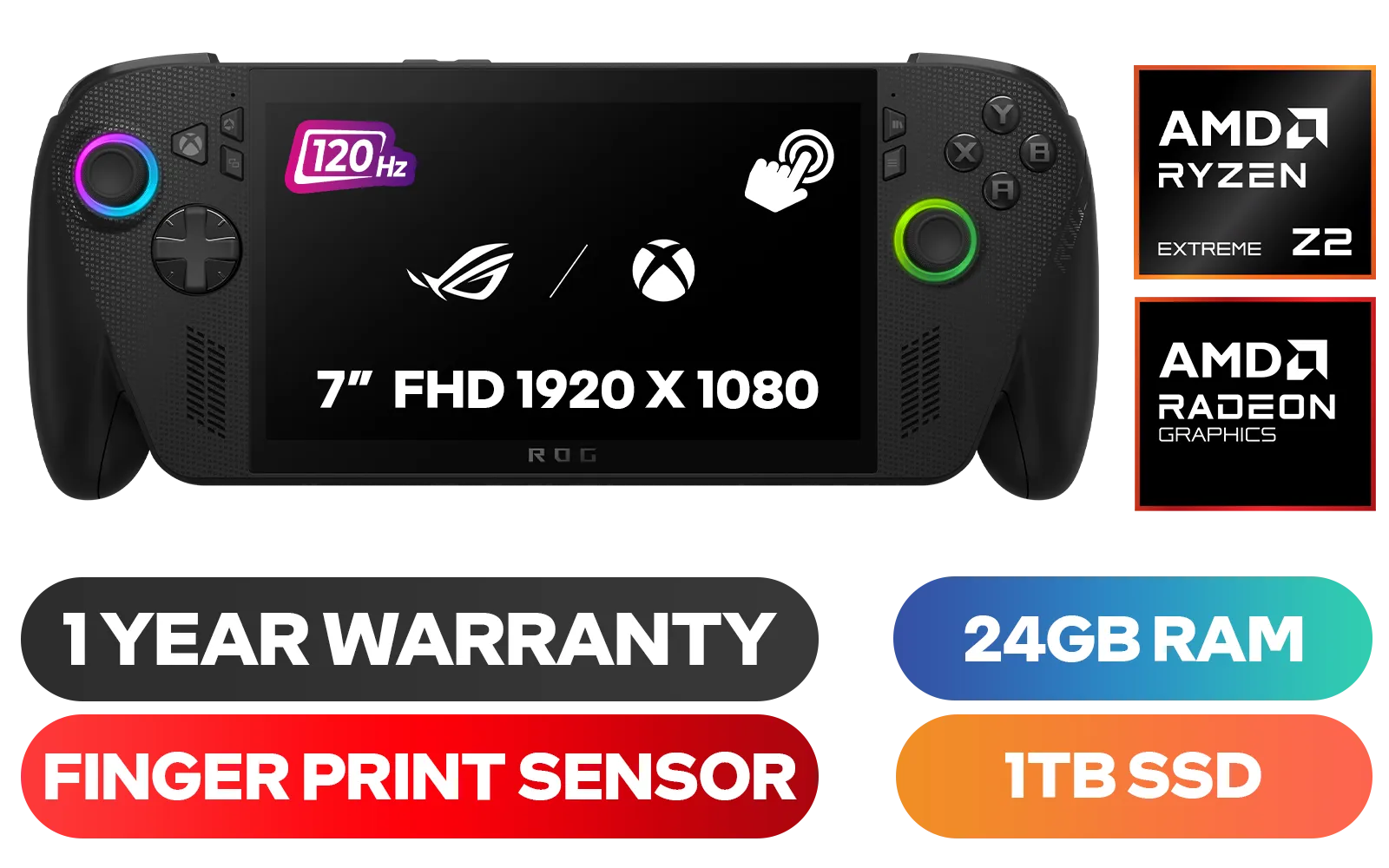
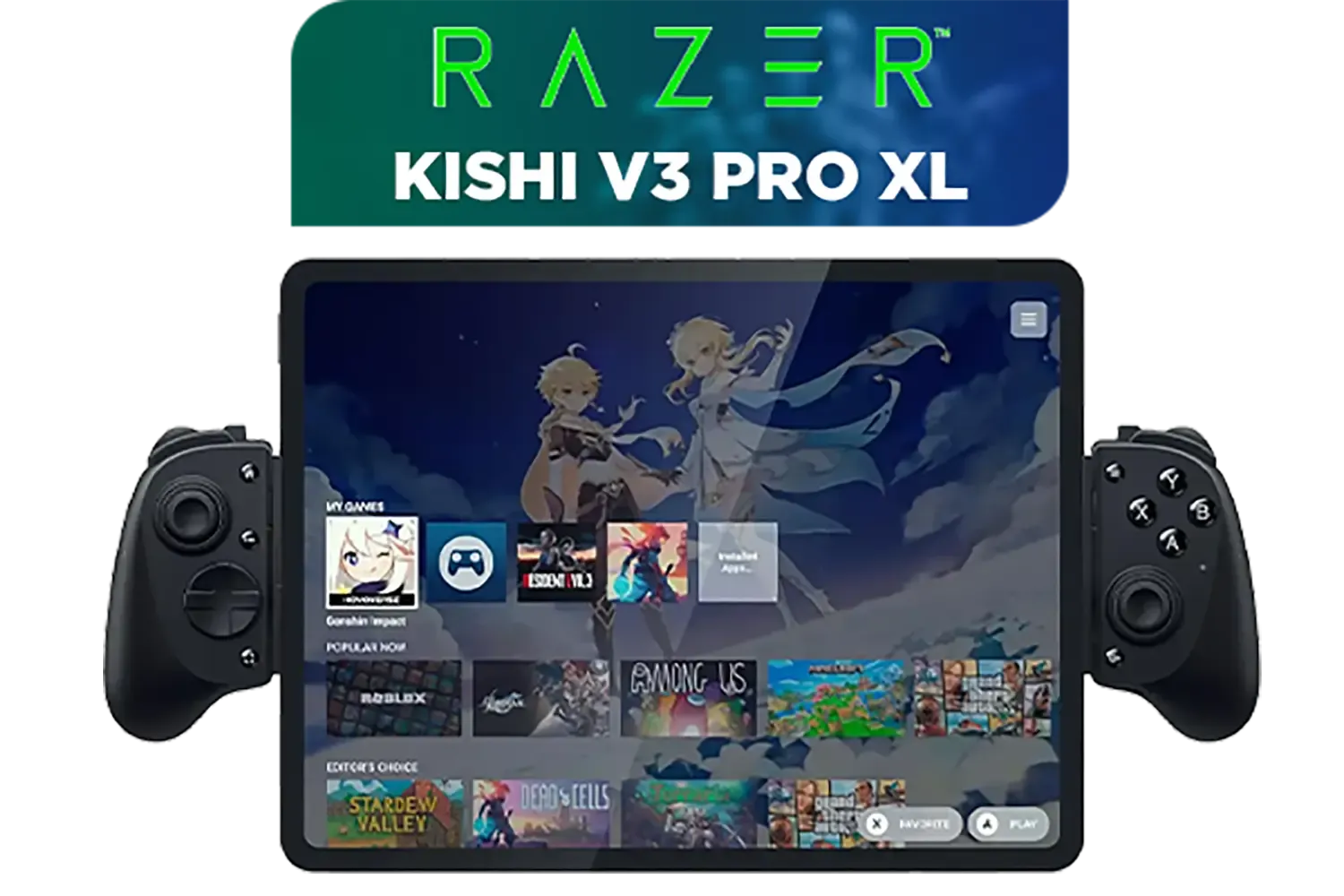
You want to play the latest AAA games with minimal compromise. You value a premium, high-refresh-rate screen and top-tier build quality. You see the device as a portable extension of your main gaming rig and are willing to invest for that premium experience. Don't forget to complete your setup with the right gaming accessories deals to get the most out of your powerful new device. ✨
Ready to Find Your Perfect Portable Powerhouse? The debate over a budget handheld gaming PC vs. a high-end one is all about matching the hardware to your library. For the best performance, choice, and value in South Africa, a powerful handheld is hard to beat. Explore our awesome range of handheld gaming PCs and find the perfect machine to conquer your world.
The main differences are performance (CPU/GPU), screen quality (OLED vs. LCD, resolution), build materials, and battery life. High-end models offer a smoother experience.
Yes, for many gamers. A cheap handheld gaming pc excels at indie games and older AAA titles, offering incredible value if you don't need to play new games at max settings.
Budget models typically range from R5,000-R12,000, while high-end options can exceed R20,000. Your budget depends on the performance and game library you're targeting.
Not always. While they have larger batteries, their powerful components can drain them faster. Battery life often depends more on the game's demands and screen brightness.
It can, but with compromises. You will likely need to lower the resolution and graphic settings significantly to achieve playable frame rates on the latest demanding titles.
Premium handhelds often feature faster processors, high-refresh-rate OLED screens, better ergonomics, Hall effect joysticks, and faster storage for quicker load times.